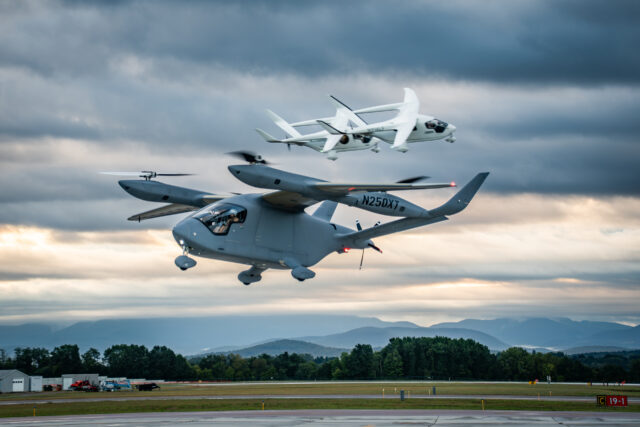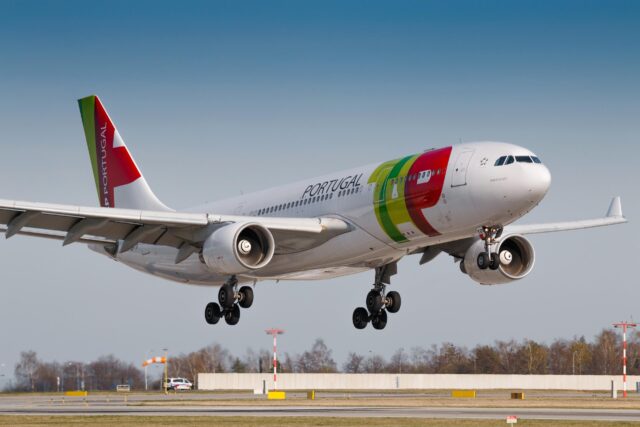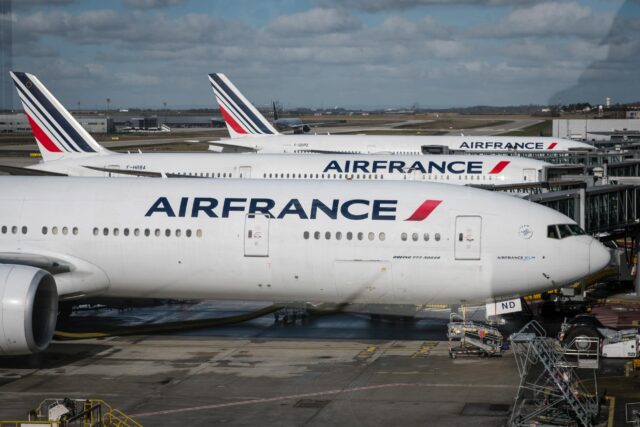Germany orders 20 Tranche 5 Eurofighter Typhoon in $4.35bn boost to NATO airpower

October 9, 2025

Germany’s long-awaited top-up order for 20 new Eurofighter Typhoon combat aircraft has finally been cleared, marking a decisive move to sustain Europe’s fighter jet industry and secure a generational leap in electronic warfare capabilities for the Luftwaffe.
The $4.35 billion deal, approved by the Bundestag’s influential Budget Committee on 8 October, covers the procurement of 20 advanced Tranche 5 Eurofighter Typhoons, including engines, spare parts and associated systems.
Deliveries are scheduled between 2031 and 2034, and the new aircraft will be built at Airbus’s Manching facility in southern Germany.
The approval is part of a broader package of 14 military investments, including €412 million ($480 million) for new flight simulators and €1.13 billion ($1.3 billion) to upgrade Germany’s existing Typhoon fleet with cutting-edge electronic warfare (EW) and suppression of enemy air defences (SEAD) capabilities.
Germany’s Tranche 5 Eurofighters to replace Tornado EW fleet and support NATO missions
According to the German Ministry of Defence, the latest order will allow the gradual transfer of the ageing Tornado Electronic Combat and Reconnaissance (ECR) role to the Eurofighter platform, ensuring Berlin continues to meet its NATO electronic warfare obligations.
“The Eurofighter is the mainstay of the German combat aircraft fleet,” the ministry said in a statement. “The procurement of Tranche 5 aircraft serves to strengthen the capabilities of the Luftwaffe in electronic combat and reconnaissance while securing Germany’s NATO commitments.”

The new jets will be fitted with E-Scan Active Electronically Scanned Array (AESA) radars, AREXIS self-protection suites, and the ability to deploy precision air-to-ground weapons for SEAD/DEAD missions, a capability Germany has lacked since retiring some of its Tornado EW squadrons.
Germany doubles down on the Eurofighter Typhoon
The approval comes at a critical moment for Europe’s aerospace industry. Germany’s order follows the ongoing Project Quadriga, signed in late 2020, under which Airbus is already manufacturing 38 Tranche 4 Eurofighters — 30 single-seaters and eight twin-seaters — for delivery between 2025 and 2030.
Those aircraft will replace Germany’s earliest Tranche 1 jets. But with Quadriga production set to wind down by decade’s end, the new Tranche 5 order ensures continuity for the Eurofighter production line, which employs thousands of skilled workers across Europe.
Germany is the largest customer in Europe’s biggest defence industrial collaboration, a four-nation programme involving Germany, the UK, Italy, and Spain, with major manufacturing partners Airbus, BAE Systems, and Leonardo. The consortium supports an estimated 100,000 skilled jobs across the continent.
Eurofighter CEO Giancarlo Mezzanatto called the new German order “great news for the Eurofighter programme and our industry partners,” adding that it “underlines Germany’s long-term commitment to the Eurofighter, which will remain the backbone of Europe’s defence for decades to come.”
Tranche 5 Eurofighter order preserves Europe’s fighter jet industrial base
For Berlin, the purchase is not only about capability; it’s about continuity. The new order forms part of a deliberate “bridge to the future” strategy aimed at preserving Germany’s and Europe’s fighter manufacturing expertise until the arrival of the Future Combat Air System (FCAS), the next-generation aircraft being jointly developed by France, Germany and Spain for the 2040s.

Industry analysts say a production gap of up to a decade loomed after Quadriga deliveries, threatening Europe’s fighter ecosystem.
Defence officials estimate that an additional order of around 100 Tranche 5 Eurofighters — 50 assembled in Germany and 50 from potential export contracts handled in Italy, Spain, and the UK — would be required to keep Europe’s manufacturing capacity viable through the transition.
Chancellor Olaf Scholz has framed the decision as both a national and European industrial necessity. “We want a strong aerospace industry in Germany and Europe,” he said when first announcing the plan in mid-2024. “That’s why we ensure reliable orders, including the purchase of 20 more Eurofighters in this legislative period.”
Germany’s Eurofighter order supports industrial security and NATO independence
Under German law, any military acquisition worth more than €25 million or $29 million requires parliamentary approval.
Lawmakers on the Budget Committee stressed that maintaining the Eurofighter line supports not only the Luftwaffe but also Germany’s strategic autonomy within NATO, by reducing dependence on foreign platforms such as the US-made F-35A, which Berlin has also purchased for the nuclear-sharing mission.

Unlike that special acquisition, the Tranche 5 Typhoons will be financed from Germany’s regular defence budget, not the $116 billion (€100 billion) special fund established after Russia’s full-scale invasion of Ukraine, signalling that the Eurofighter remains a core, long-term pillar of national defence planning.
Eurofighter Typhoon upgrades: From Tranche 1 to Tranche 5 explained
The Eurofighter programme traces its origins to the 1990s, when the UK, Germany, Italy, and Spain jointly developed a twin-engine, canard-delta multirole fighter. Over time, successive “tranches” have introduced incremental enhancements:
- Tranche 1 (early 2000s): Core air-superiority capability.
- Tranche 2: Added limited precision air-to-ground strike.
- Tranche 3A: Expanded multirole functionality, modern mission computers, and weapons integration.
- Tranche 4 (Quadriga): Advanced avionics, radar upgrades, and digital architecture.
- Tranche 5: Electronic warfare, SEAD/DEAD capability, new mission systems, and full integration with NATO data networks.
The Eurofighter remains one of the most commercially successful European fighters ever built, with 680 aircraft ordered by nine nations, including Saudi Arabia, Kuwait, Qatar, and Oman.
Beyond new aircraft, Berlin has allocated $478 million for advanced flight and tactical simulators. These will be essential for pilot training and qualification, replicating weather-independent scenarios and integrating future E-Scan radar and EW functionalities.
Such systems, the MoD says, are an “economical and effective training option” that will ensure operational readiness for new Eurofighter variants.
Eurofighter Typhoon production across Europe: Manching, Madrid, and beyond
The Tranche 5 order also cements Airbus’s Manching plant as the anchor of European fighter production for the next decade.
Meanwhile, Spain continues its Halcon I and II programmes, acquiring 45 new Eurofighters to replace ageing F/A-18s, while Italy and the UK contribute to joint upgrades through the consortium.
For the wider European aerospace sector, Berlin’s decision delivers the planning stability it has long sought. As Chancellor Scholz told the Bundestag: “We ensure reliable orders so that Europe’s defence industry can plan, invest and grow with confidence.”
Two decades after its introduction, the Eurofighter Typhoon continues to evolve as a cornerstone of Europe’s air defence and NATO’s forward deterrence.
















